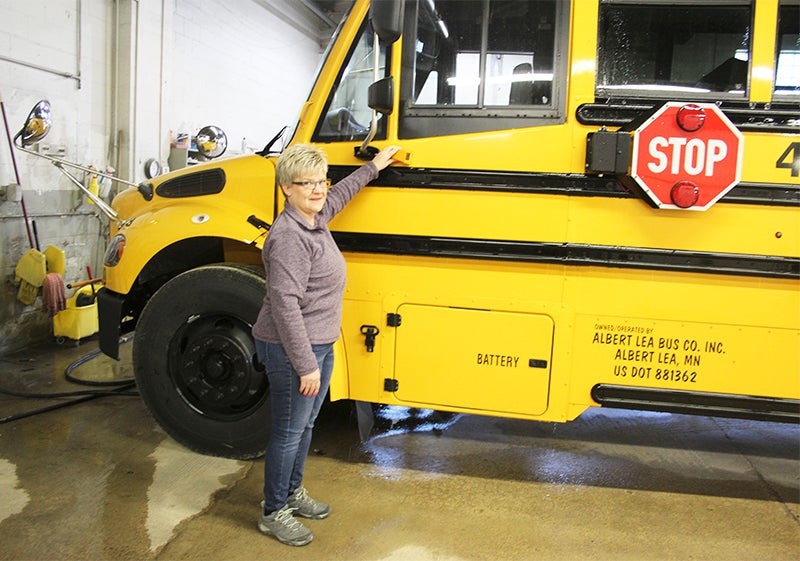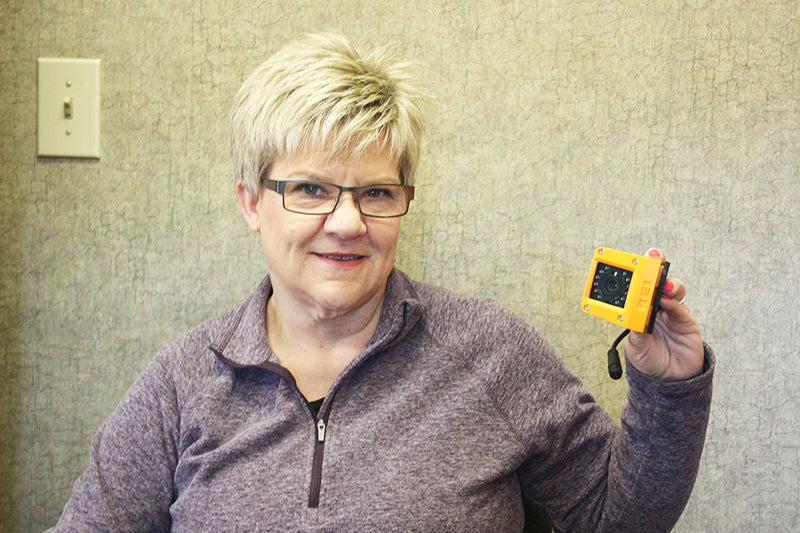Albert Lea Bus Co. installing cameras to catch school bus stop-arm violations by motorists
Published 3:53 pm Tuesday, April 18, 2023
|
Getting your Trinity Audio player ready...
|
Drivers be cautious. Albert Lea Bus Co. may soon be watching you — or at least watching you drive.
That’s because the company plans to add new cameras to all 47 of their school buses within the district.
“We have people that are not focused on their driving and so they are driving through the stop arms when they are out,” said Chris Avery, assistant safety supervisor. “Whether it be coming from the front of the bus they’re going through it, or coming from behind the bus they might be coming around the right side or the left side.”
And this isn’t a new issue, and Avery said the problem was nationwide and had been happening for years.
The advent of cell phones has exacerbated the problem.
Currently, bus drivers are required to focus on students crossing and can’t pay attention to the make, color or license plate number of any potential cars ignoring the stop sign, nor a driver description.
“The camera is going to pick up on all of that information for me while I focus on the student and their safety,” she said.
According to Avery, in March alone the three buses that already had older cameras installed from a decade ago recorded five stop-arm violations. Between January and May, she estimated the three cameras they have now picked up three to four violations the bus company can turn over to the Albert Lea Police Department. And she said that she’ll hear from at least one bus driver daily about a violation.
And those are the ones the cameras could clearly identify with full license plate numbers.
To address the problem, Avery applied for a Stop Arm Camera Grant last spring through the Minnesota Department of Public Safety, which will provide stop arm video cameras. The bus company’s grant is worth approximately $140,000 of Radio Engineering Industries equipment, and Avery hopes to have some of the cameras installed before the end of the school year.
All cameras will be ready by the beginning of the 2023-24 school year. Each camera costs $3,000.
Installing cameras, she said, will be time-consuming, and installing one camera on one bus could take anywhere from three to four hours, Avery estimated.
Avery and her team are currently determining where to place the cameras.
“The angle of the camera has to catch the stop sign in the frame of the camera, the picture, in order for us to be able to turn that in as a violation,” she said.
She is considering placing the camera on the left top side of the bus or lower to catch the stop sign.
At the same time, in installing cameras the bus company’s goal is not to set people up.
Currently, it is illegal for a driver to use a cell phone while operating a vehicle.
“I can guarantee you that I will see at least one person on their cell phone, whether I’m in a bus or in my car,” she said.
According to Avery, the fine for a school bus stop sign violation starts at $500, and depending on severity of the violation can result in up to 90 days in jail.
“[Drivers] need to stay focused on their driving, stay off their phones, don’t adjust the radio,” she said.






